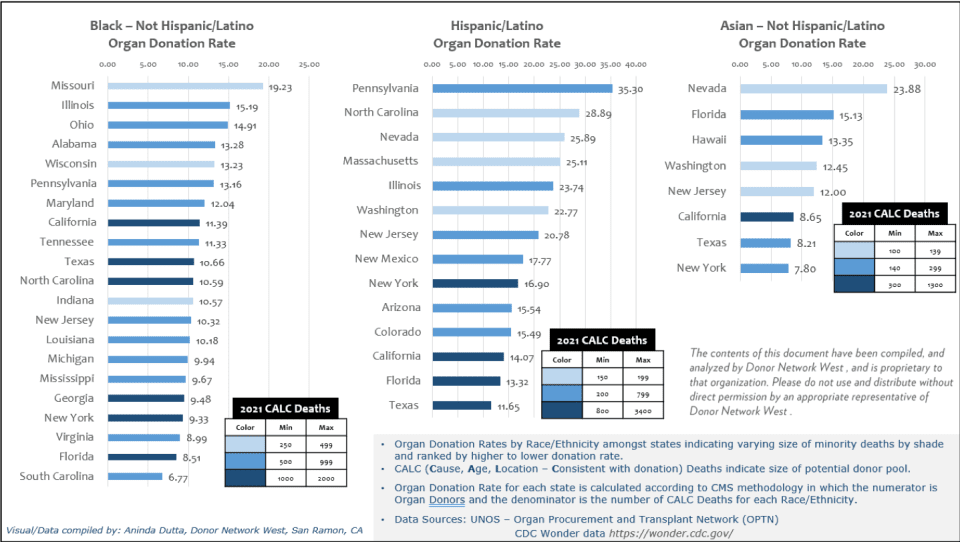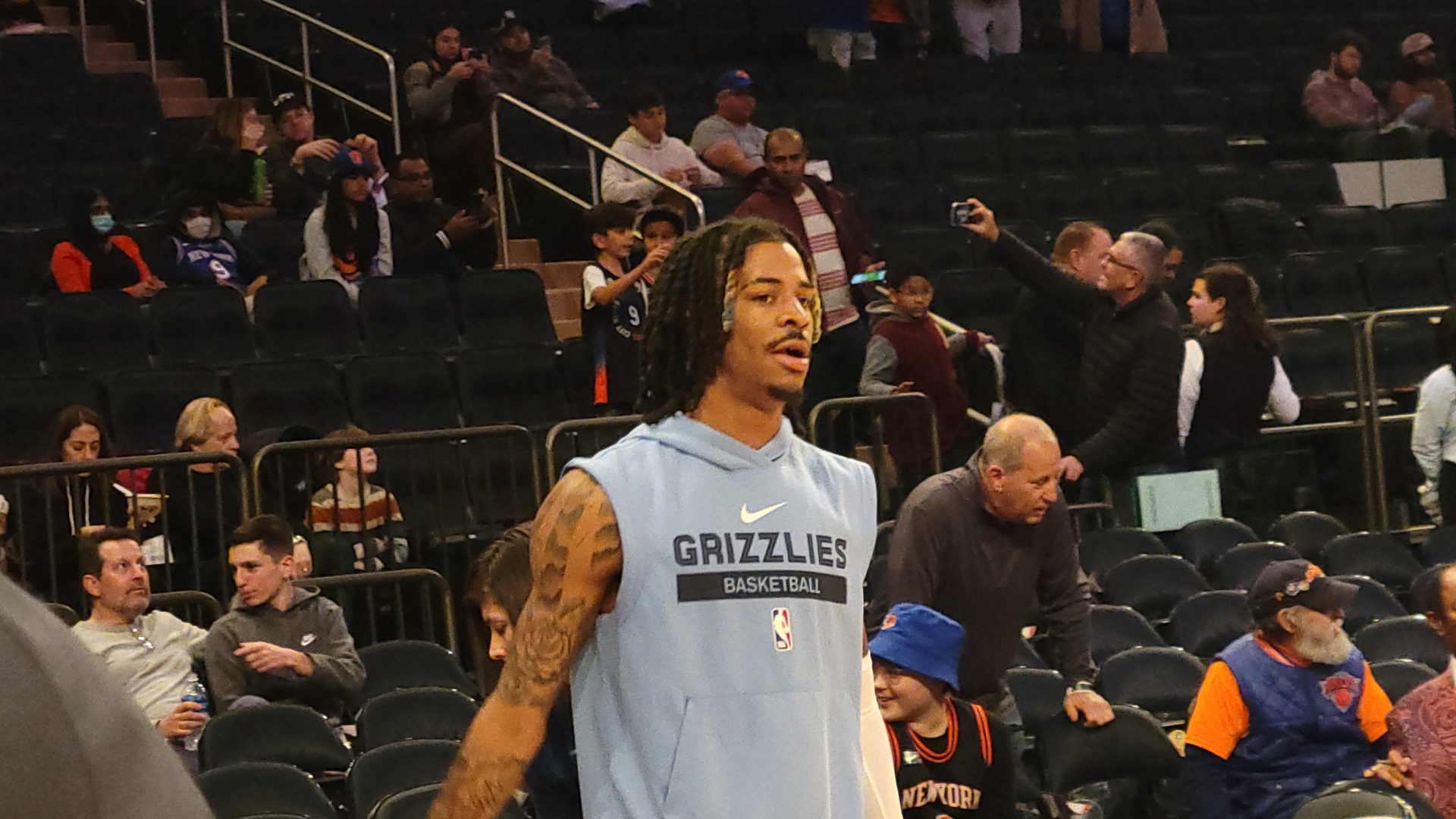
Organ transplantation saves lives. On any given day there are approximately 110,000 people waiting for a second chance at life on the organ transplant waiting list. At the same time, there were 42,888 organ transplants in 2022. The shortfall of approximately 67,000 transplants means that some people continue waiting, or worse, die while waiting. There are 56 federally designated organ procurement organizations (OPOs) responsible for recovering organs for transplantation in the U.S. OPOs are focused on increasing the number of available organs to those who wait and have faced increased scrutiny by the government agency with oversight, the Centers for Medicare, and Medicaid Services (CMS), to do just that.
To increase the number of available organs for those who wait, it will require the support of all communities. More than 60 percent of the organ transplant waiting list is composed of communities of color; thus, it is apparent that organ procurement professionals need to increase outreach to our rapidly changing diverse population to increase the number of organ donors and subsequent life-saving transplants. There is wide variation amongst the nation’s minorities who agree to donate when asked. The major reason for this variation depends on the person’s own declared decision to be a donor upon death, typically via their driver’s license, or if that person has not declared donor status on a legal document such as the driver’s license, then the next-of-kin’s decision to donate their loved one’s organs, termed ‘donor authorization’ when asked at the time of death.
Minorities donate. However, their rates of donation are overall less than those of Whites. The biggest opportunity to shorten the organ transplant waiting list is to increase donor authorization rates. Lack of equity plagues the U.S. transplantation ecosystem as well as the overall healthcare system in this nation. The giving and receiving dynamic of organ transplantation, along with the lack of diversity, equity, and inclusion (DEI) throughout the healthcare system merit system-reform action. Minorities often do not trust the justice and the equity of our country’s healthcare institutions. To effectively serve their community, OPOs must be part of the same rich tapestry that is the community. In the field of organ donation, addressing racial disparities forthrightly represents our greatest chance to realize thedramatic and sustained gains in organ donation needed to save more lives.
The wide variation in donation rates amongst various communities in the U.S. is both concerning due to the loss of potentially transplantable organs and encouraging in seeing that when these families are engaged in a meaningful and effective way, there are more organs that will be donated to help those who wait. The graph reveals the large variation both between various race and ethnicities amongst various states meeting the threshold for a certain base number of deaths in that race/ethnicity. The Centers for Medicare and Medicaid Services (CMS) recently issued a regulation which determines how OPOs, states and the nation can be measured in terms of rates of donation. The graph indicates the best and worst donation rates by race/ethnicity by state. The shading reflects the greatest density of deaths amongst Black, Hispanic and Asians in depicted states.

In its recent March 22, 2023 announcement, HRSA (Department of Health Resources Services Administration) laid out its plans for modernization efforts of the nation’s Organ Procurement and Transplant Network (OPTN).1 This modernization effort calls first for demographic data on organ donation which includes donation rates by race and ethnicity. Donor Network West has advocated increased OPO focus on DEI and for transparency of donation rates by race and ethnicity within the nation’s OPOs. Recent discussions with the White House Office of Domestic Policy centered around ways to increase organ donation in communities of color, along with various actions intended to strengthen regulation of and assistance to OPOs in improving minority donation rates.
Donor Network West, the OPO serving northern California and northern Nevada, has increased donation a sustained 35% for the past four years by focusing on the specific and differing needs of each community of color. Since 2018, the authorization rate has increased 83% for Black donors; Asian by 32%, Hispanic by 29% and White by 22%. For the first time, minority donors were greater than White donors in 2021 and 2022, a trend that will only continue based on northern California and Nevada’s changing racial and ethnic population.
Black Americans, who make up the largest group of minorities in need of an organ transplant, in 2021, non-Hispanic Blacks made up 12.1 percent of the national population. The number of organ transplants performed on non-Hispanic Blacks in 2021 was 27.8 percent of the number of those currently waiting for a transplant. The number of transplants performed on non-Hispanic Whites was 47.2 percent of those currently waiting. Blacks have higher rates of diabetes and high blood pressure than the White population, conditions known to put patients at risk for organ failure.2
By engaging communities of color, the minority donation rates shown in the graph reveal that if these rates increased only to the national median, it would mean 1,950 more organs available for transplant; if increased to the top quartile, as many communities have done, fully 4,391 more organs, 4,391 more lives would be saved. The organ donation and transplant community must be diligent in removing barriers to access to transplantation for all people, and particularly communities of color who currently and historically have endured diminished access to healthcare in general. The time is now. We need to be intentional in our equity efforts. As an executive with three decades of experience in the organ donation and transplantation industry, I offer hope to all patients waiting that with new policies and system improvements we are turning a corner for equity in transplantation, for their chance to be part of legacies created by donation through the lives saved, and if needed, to be listed on the organ transplant waiting list, receive waiting time points equitably, and receive a second chance at life.
_______________________
1 HRSA Announces Organ Procurement and Transplantation Network Modernization Initiative, March 22, 2023. HRSA Announces Organ Procurement and Transplantation Network Modernization Initiative | HRSA
2 US DHHS Office of Minority Health. https://minorityhealth.hhs.gov/omh/browse.aspx?lvl=4&lvlid=27

















